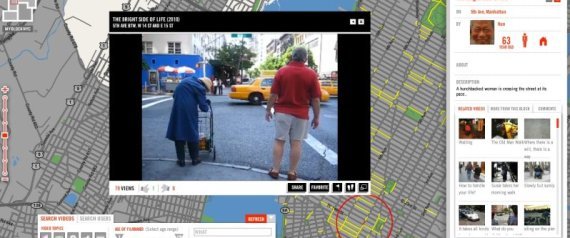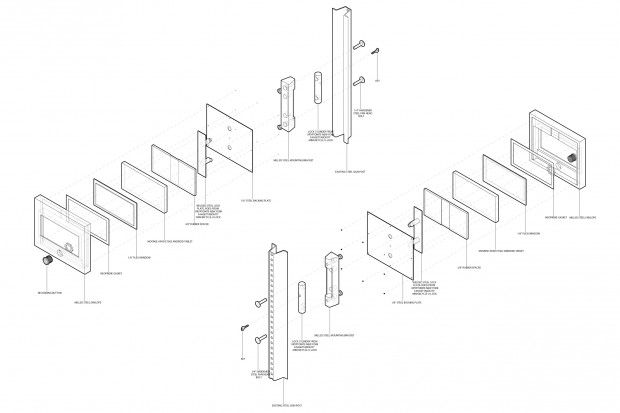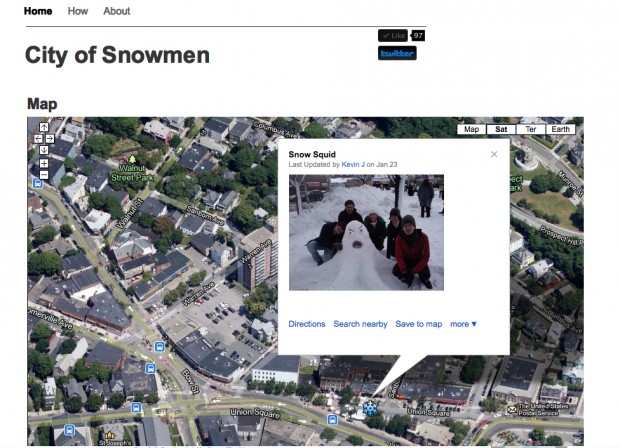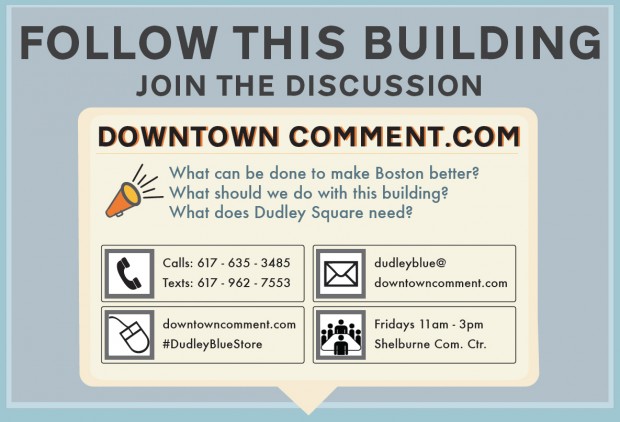Networked Urbanism
design thinking initiatives for a better urban life
apps awareness bahrain bike climate culture Death design digital donations economy education energy extreme Extreme climate funerals georeference GSD Harvard interaction Krystelle mapping market middle east mobility Network networkedurbanism nurra nurraempathy placemaking Public public space resources Responsivedesign social social market Space time time management ucjc visitor void waste water Ziyi
georeference
This is an awesome site where New Yorkers can help map out the texture and culture of the city with their own videos. The site calls on residents to upload personal video accounts of their experiences in NYC, which will be viewable by geography. Each video helps to build out the website, block by block. I would love to see this done in Boston. I’m going to try to get this done in Boston.

I suppose I large part of a successful mobile app intervention/invention is also to get a wide enough user base. Seems like this web platform does not have a mobile app endeavor yet and would like to see if I could partner with them, perhaps design the app together with them, to engage bartering in a more physical realm, catalyzing serendipitous matching of people with surplus and need.
https://ourgoods.org/projects
http://www.theatlanticcities.com/jobs-and-economy/2012/09/search-real-estate-models-prosumer-society/3208/
http://www.geek.com/articles/mobile/koreas-tesco-reinvents-grocery-shopping-with-qr-code-stores-20110628/
https://support.twitter.com/entries/166337-the-twitter-glossary
The first two are most important. The rest just continues to up your geek-level.
“We all come to know each other by asking for accounts, by giving accounts, and by believing or disbelieving stories about each other’s pasts and identities”
Paul Connerton, How Societies Remember
This project began with a question about how people connect to places. As our lives become ever more transient, the stable relationships with place that have defined communities for generations are evaporating. Many of us now inhabit places whose history we have no understanding of, no personal connection to. What happens to the identity of a place when its residents have no memory of it?
Boston has a strong tradition of collecting oral histories of place. Organizations like the Cambridge Historical Commission, South End Historical Society, and other community groups have archived personal stories about places in their neighborhoods, maintaining a link between the physical fabric and the lives it contained. But how many people know about these archives? How many of the current residents can point to a family members story contained therein? Do these archives invite their viewers to contribute their own stories? Do they encourage us to explore our environment, to connect the physical artifacts with the stories they hold?
City of Snowmen was a project about exploration, production, and memory in the context of winter in Boston, Massachusetts. Participants were encouraged to build snowmen in public spaces and then photograph and map them to a website. The project aspired to provide users with a map of their city’s snowmen, a guide for seeing the built environment through a new frame. Participants were few but enthusiastic. With strong and consistent energy directed towards outreach and communication I believe a City of Snowmen project could flourish in a snowy region, becoming a public activity requiring only minimal investment on the part of several organizers.
I grew up about six miles from downtown Boston, and compared to most of my classmates at the Harvard Graduate School of Design I knew the city with a degree of intimacy and awareness. Boston is known for its colleges and universities, but experience taught me that relatively few students made efforts to discover the area’s many neighborhoods. Fields Corner, Roslindale Square, and Fort Hill are, to me, delightfully different from more trafficked neighborhoods, such as Allston, the Back Bay, and Harvard Square. Interviews with Boston natives, however, indicated that this unfamiliarity with other neighborhoods was not limited to students from outside the state. I found that native residents were very loyal to their own neighborhoods, but they saw few reasons to venture beyond their comfort zones. This led me to wonder how I could foster in both permanent and transient Bostonians a sense of curiosity and mystery around places so close yet unknown. What would it take to excite someone enough to leave their apartment in Brighton and spend a leisurely hour in South Boston? (more…)
Sometimes it is easy to imagine we have all the world’s knowledge at our fingertips, and that this access makes our lives, and our cities, fundamentally better. In reality, this has proven both maddeningly true and frustratingly false, not just because of the overwhelming volume available, but because the inequities of the network can connect us without the ability to empower us. Information is supposed to break down barriers, to create new urban worlds, and yet it can just as easily reinforce the flawed and the unjust cities of the past.
Nowhere is this more clear than in the public participation process of local governments. As a public agency, all the information within City Hall is, by extension, public knowledge, yet without the tools, expertise, and – it can be argued – the will to make this information available, understandable, and usable, the participation process will remain deeply flawed. This information asymmetry fuels a system that is mutually distrustful where it should be mutually beneficial: residents, lacking data to organize, cannot be expected to comment thoughtfully on a given topic, thus leading city officials to discount public input. Residents’ frustration at being inadequately heard soon leads to apathy, and the entire system collapses.
Downtown Comment attempts to open the process of participation by redesigning the information architecture of local governments, both virtually and through physical interventions in urban space. More than anything, Downtown Comment – and any other work in public participation – should be answering the simple question, “As a resident, where do you go with a good idea?” (more…)
« Previous 1 2


